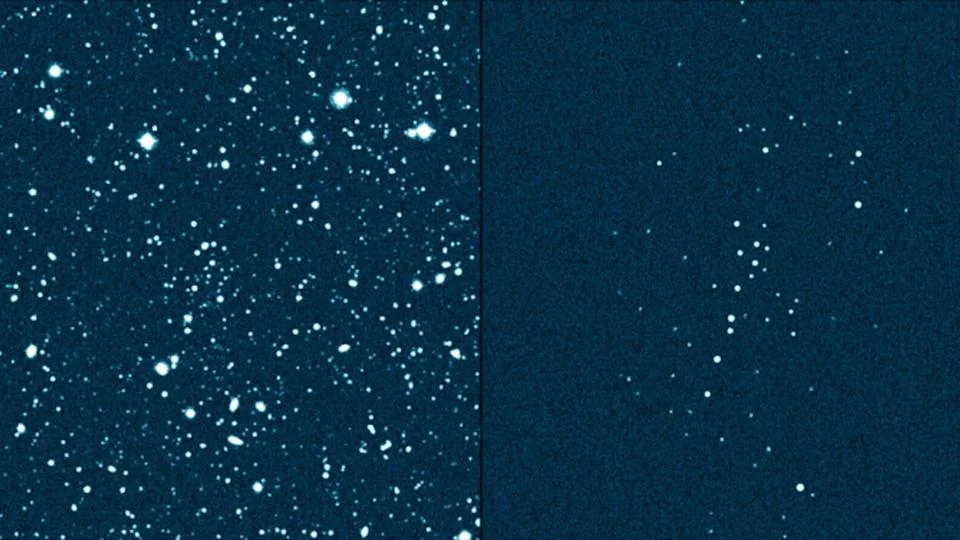
Smallest Galaxy Ever Found? UMa3/U1 Stuns Astronomers, Challenges Definitions
Astronomers are in a cosmic debate over a newly discovered object, UMa3/U1, located in the Ursa Major constellation. Is it the smallest galaxy ever found, or simply an ancient star cluster? This question is prompting scientists to re-evaluate the very definition of a galaxy, particularly when it comes to Ultra-Faint Dwarfs (UFDs).
The heart of the matter lies in distinguishing between a galaxy and a star cluster. While massive galaxies like the Milky Way are held together by dark matter, star clusters lack this critical component. However, the lines blur with UFDs, making the classification of UMa3/U1 particularly challenging.

A Cosmic Oddball: Galaxy or Star Cluster?
UMa3/U1 is exceptionally small, a mere 20 light-years across, containing only about 60 stars and weighing the equivalent of 16 suns. This diminutive size makes it a prime candidate for the smallest galaxy ever discovered. Yet, it could also be an incredibly old star cluster, estimated to be around 11 billion years old.
"These are fully functional galaxies, but they’re about a millionth of the size of the Milky Way," said Michigan professor Eric Bell, highlighting the peculiarity of UMa3/U1.
Dark Matter Holds the Key
A crucial factor in determining UMa3/U1’s identity is the presence of dark matter. Galaxies are generally dark matter-dominated, providing the gravitational force to hold them together. Dr. Raphaël Errani from Carnegie Mellon University explains that estimating the dark matter content requires precise stellar velocity measurements.
The object's orbit within the Milky Way is also significant. Dr. Smith noted that orbiting through the inner regions of the Milky Way suggests dark matter's presence, as it would help UMa3/U1 withstand the strong tidal forces that would otherwise tear a star cluster apart.
Surviving the Milky Way's Gravitational Forces
The ability of UMa3/U1 to survive within the Milky Way's gravitational field is a strong indicator of its galactic nature. Without substantial dark matter, it would likely have been torn apart long ago. This level of dark matter dominance would make UMa3/U1 one of the most dark-matter-dominated galaxies known.
Dr. Julio Navarro at the University of Victoria emphasized that this discovery aligns with predictions from the LCDM theory (Lambda Cold Dark Matter), suggesting that dark matter is essential for galaxy formation.
A Continuing Cosmic Mystery
While the evidence leans slightly towards UMa3/U1 being a star cluster, further observations are needed to reach a definitive conclusion. Future telescopes, such as the Vera Rubin Observatory, may provide valuable insights into the nature of this intriguing object.
Whether it's a galaxy or a star cluster, UMa3/U1 is challenging our understanding of the universe and pushing the boundaries of what we define as a galaxy. What do you think? Is UMa3/U1 a galaxy, a star cluster, or something else entirely? Share your thoughts in the comments below!